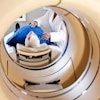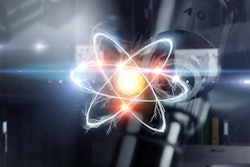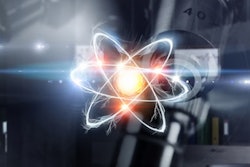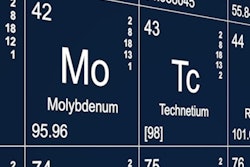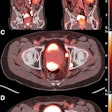The U.S. Department of Energy (DOE) is funding efforts to test whether a robotics system can safely increase the production of medical isotopes, according to scientists at the Argonne National Laboratory in Lemont, IL.
Ultimately, those running the project hope to replace systems based on technologies used in national labs in the U.S. since the 1940s, noted nuclear physicist Jerry Nolen, PhD, principal investigator.
“Just by gaining the ability to do the manipulation of the sample from across the room means that we can safely handle samples up to 10 times as radioactive without requiring the use of hot cells,” Nolen said in a news release.
Argonne’s nuclear research reactors and accelerators produce medical isotopes such as copper-67 and actinium-225, which are used for nuclear medicine imaging and cancer treatments. Small amounts of these radioisotopes are harvested by chemically separating them from the bulk mass of the accelerator’s target material.
Currently, scientists manually perform these operations using hot boxes and glove boxes. These methods have been in use since the 1940s and are maintenance-intensive, expensive, and have limited mechanical capability, the scientists noted.
To that end, they are developing a dual-arm collaborative robot system to handle the operations in the hot cells. In addition, the system will employ a virtual reality system that will allow scientists to view the interior of the boxes.
“Successfully building and operating this hot box requires a multi-step process to make the augmented reality experience intuitive for the user,” said Young Soo Park, PhD, who leads Argonne’s Robotics and Remote Systems program.
Precise, real-time visualization of the remote radiochemical processing in the hot box requires a complex 3D workflow integrated with the robot system, he added, noting that the system will likely be based on the Omniverse technology developed by the U.S. company Nvidia.
Ultimately, with domestic supplies of these isotopes limited, the DOE is funding basic research that can bridge gaps in the medical isotope supply chain and help the U.S. keep abreast of global competition, officials noted.
"We need to provide more paths to connect existing use-inspired basic research to applied research to shorten the time between lab bench and use,” noted Asmeret Asefaw Berhe, director of the DOE’s Office of Science, in a recent interview.
The $4 million project for the robotics system at Argonne is part of a larger $73 million funding project the DOE announced last year. Over several years, 11 total projects will be funded that focus on the goal of accelerating the transition from discovery to commercialization of new technologies, the DOE said.



